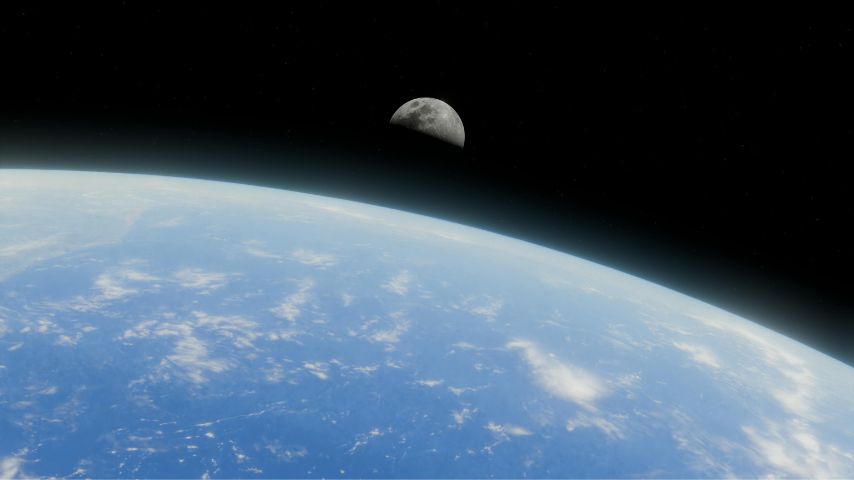Infographic: The Cost of a Cruise Through Space
Infographic: The Cost of a Cruise Through Space


What's all the hullabaloo about a little sub-orbital joyride?
On April 14th 2025, the Blue Origin NS-31 spaceflight launched a group of women into space. On the same day, the internet lit up with keyboards ablaze over the outrage of potentially millions of dollars being blown away on what some saw as a glorified field trip across the Kármán line that lasted all of 11 minutes (10 minutes and 21 seconds, to be exact).
The full cost of the Blue Origin spaceflight has not been disclosed, although the website states that a $150,000 deposit is required just to initiate the reservation process, and similar seats aboard Virgin Galactic suborbital flights are priced at $450,000 each. For the passengers—bioastronautics researcher Amanda Nguyen, aerospace engineer Aisha Bowe, and celebrities Kerianne Flynn, Gayle King, Lauren Sánchez, and Katy Perry—the experience was surely unforgettable. But for many observers, it sparked criticism around the discussion of wealth inequality and environmental responsibility.
From a sustainability perspective, suborbital tourism has the worst CO₂-per-passenger ratio of any air travel, especially when considering how brief the flights are. While orbital missions also have high emissions, they tend to carry more scientific merit, making them somewhat easier to justify.
Blue Origin NS-31 is not the first tourism spaceflight to take off—many have preceded it, and the global market for space tourism, currently valued at $1.3 billion, is projected to reach $6.7 billion by 2030. Here’s a broader look at the timeline of private space travel, its current costs in 2025, and the comparative impact it has on our planet.






